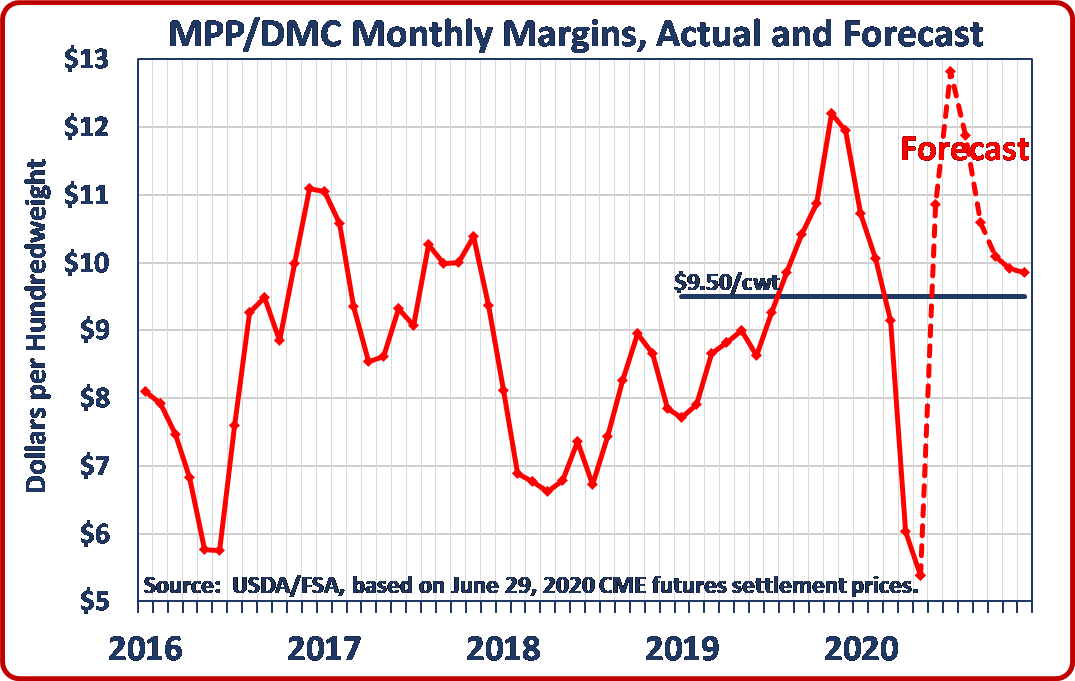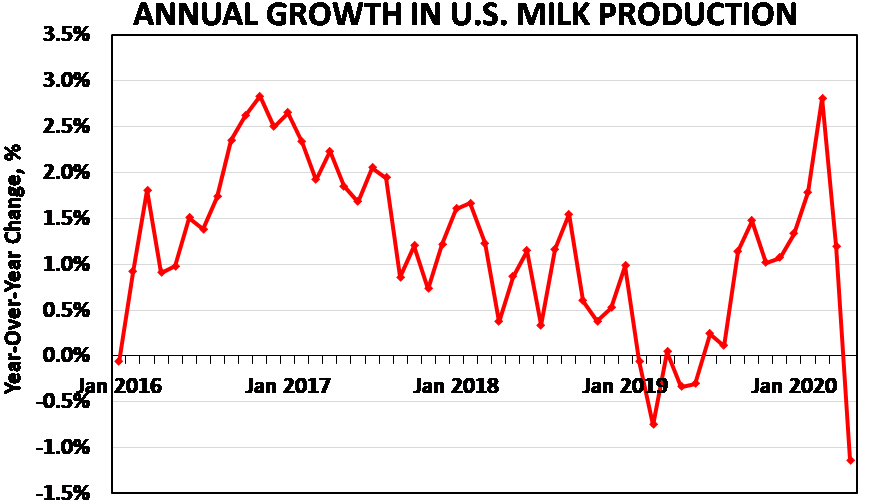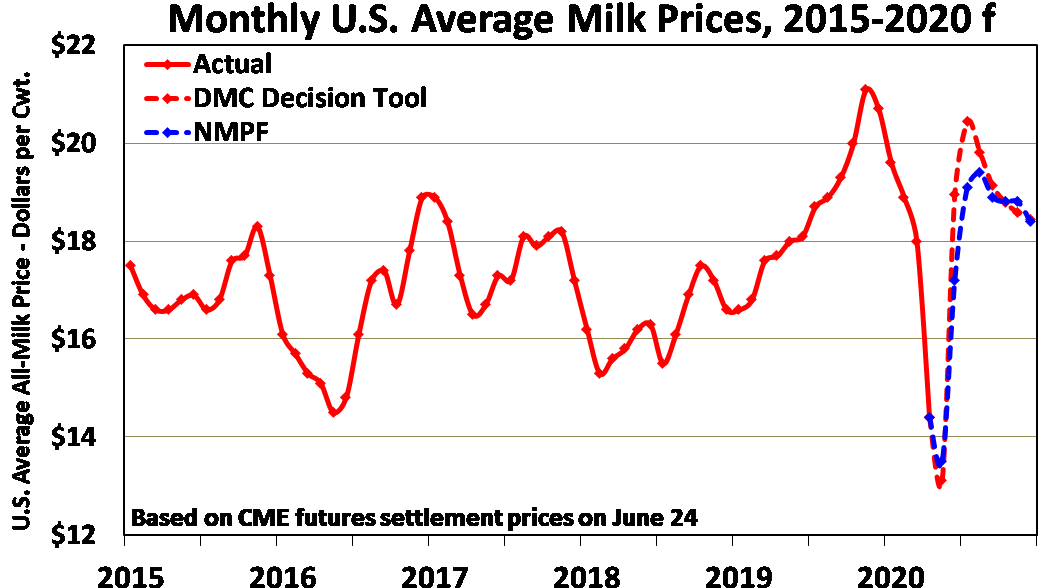NMPF continued its advocacy as the next edition of the Dietary Guidelines for Americans advances toward adoption, urging the Dietary Guidelines Advisory Committee (DGAC) in June to consider the full range of scientific studies on the role of different types of dairy fats in a healthy diet.
The guidelines, which shape USDA nutrition programs, are set every five years; draft guidance for this year’s update largely preserve recommendations that are positive for dairy.
NMPF President and CEO Jim Mulhern, along with Michael Dykes, president and CEO of the International Dairy Foods Association, sent the letter on June 15 to Dr. Barbara Schneeman, DGAC Chairperson, and the secretaries of the Departments of Agriculture and of Health and Human Services “to reiterate our strong view, as explained more fully in previous comments to the DGAC, that a body of science in recent years has found that dairy foods, regardless of fat level, appear to have either neutral or beneficial effects on chronic disease risks.”
The DGAC is approaching the reporting phase of its recommendations for the 2020-2025 Dietary Guidelines for Americans. Currently it does not appear to have explored the full breadth of peer-reviewed literature investigating dairy’s relationship to beneficial or neutral outcomes for cardiovascular disease, type 2 diabetes, and other conditions.
The NMPF-IDFA joint message calls on the committee “to complete its review by including all relevant scientific studies that bear on these questions and, if the findings so indicate, recommend Americans incorporate dairy foods in all forms as an integral part of all dietary patterns,” noting failure to examine the validity of existing dietary advice “will represent a lost opportunity to share newer science with consumers, health professionals and policy makers and contribute to ongoing confusion about the healthfulness of dairy.”
The committee is finalizing its draft conclusions, with a final report of recommendations to be released on or around July 15. The final 2020-2025 Dietary Guidelines are expected by the end of the year.
Final Meeting Positive for Dairy
At the committee’s last public meeting, held via webinar June 17, it discussed updated draft conclusions and the final report, going through each chapter of the Diet and Health Evidence section of the final report which will be organized by life stage. The committee stated that a consistent dietary pattern associated with beneficial outcomes includes higher intake of vegetables, fruit, legumes, whole grains, low- or non-fat dairy, lean meat, seafood, nuts and unsaturated vegetable oil; low consumption of red and processed meats, sugar sweetened foods and drinks and refined grains. Key takeaways for dairy include:
- Dairy is still recommended in all three healthy eating patterns;
- Low-fat and fat-free dairy are still recommended;
- The saturated fat recommendation remains at less than 10% of total energy per day; and
- Yogurt and cheese were recognized as complementary feeding options for infants 6-12 months, and dairy foods were included in the healthy eating patterns for toddlers 12-24 months
This is the first time that the committee has looked at the science and made recommendations for children birth to 24 months of age. The nutrients of public health concern for ages 2 and above are added sugars, calcium, dietary fiber, potassium, saturated fat, sodium, and vitamin D. Dairy, specifically milk, continues to be a key source of three of those nutrients. The committee also noted that a majority of Americans don’t follow the dietary guidelines and would benefit from shifting from current choices to healthy, nutrient-dense choices across food groups. For example, the proportion of children consuming milk steadily declines with age. To crack down on added sugars, the committee also recommended changing the daily allowance from 10 percent to 6 percent of calories.









